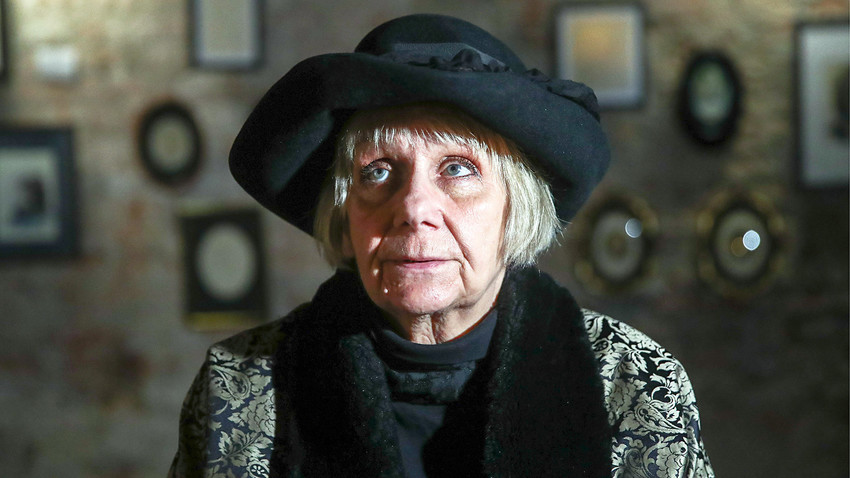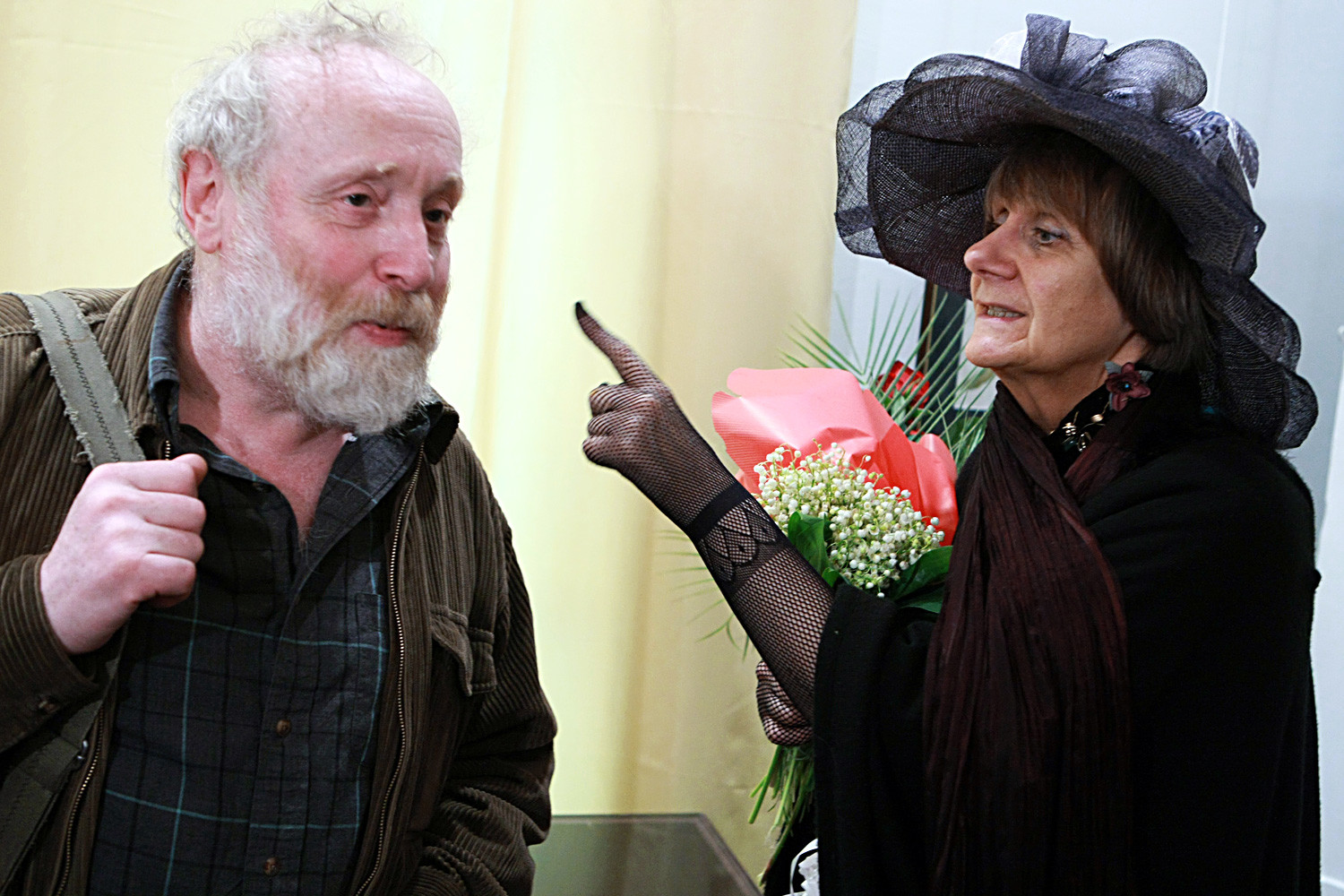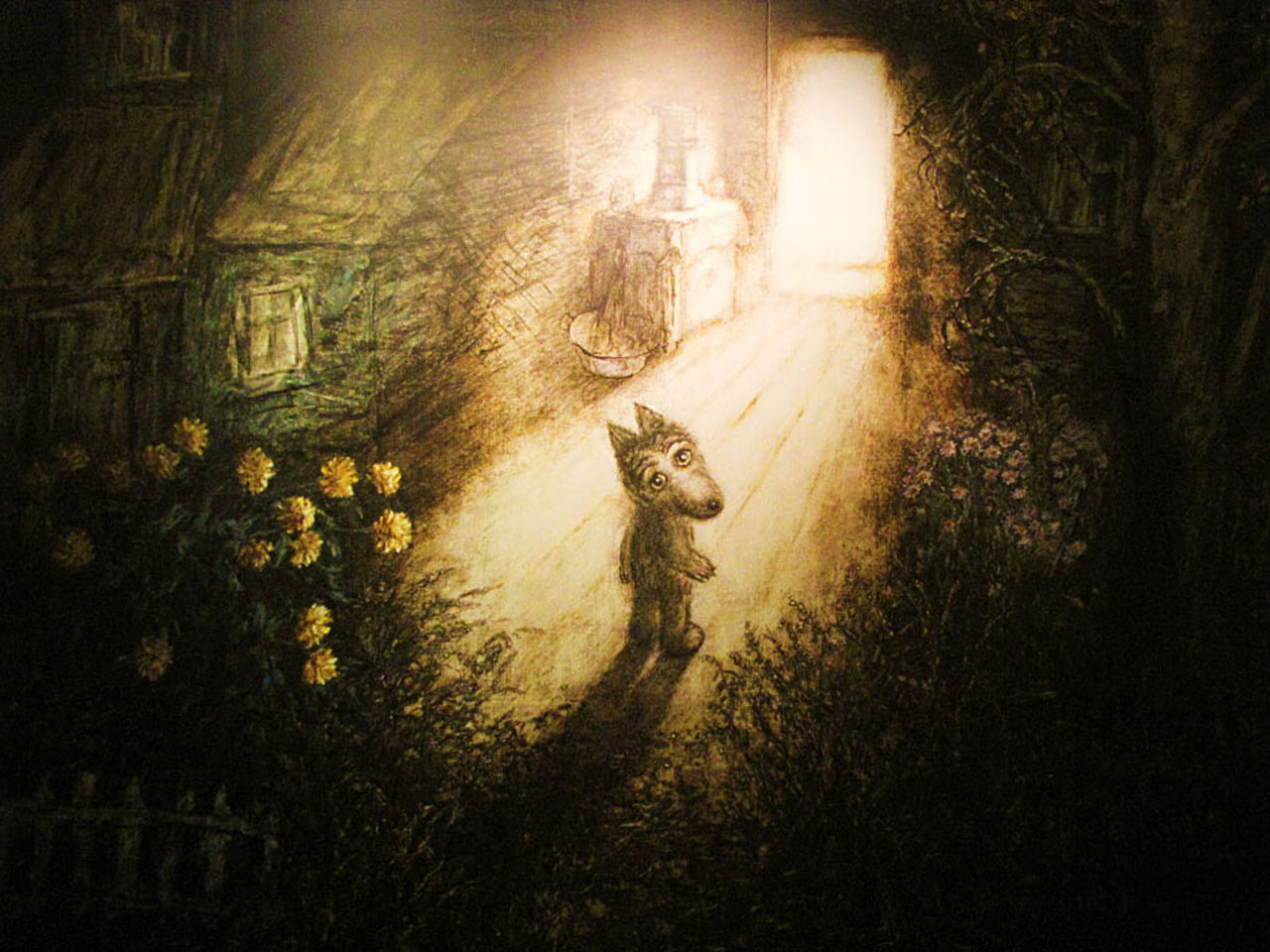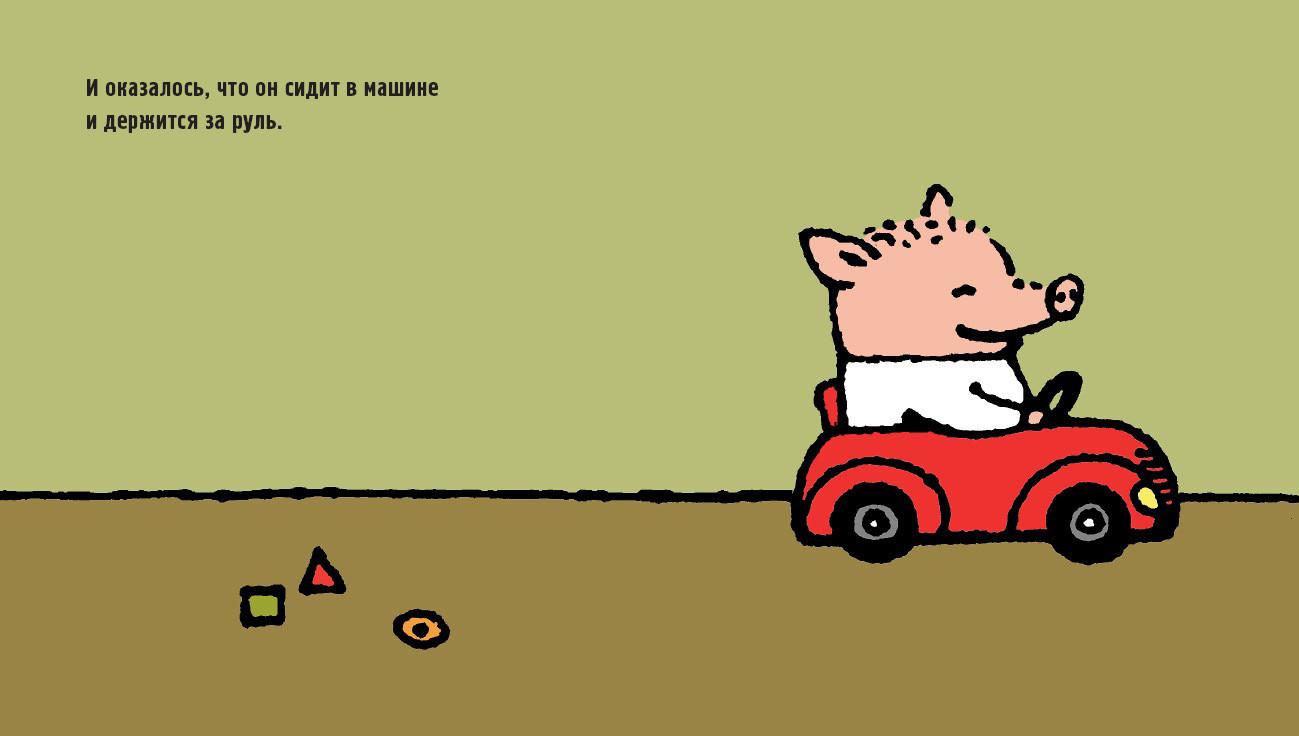
Ludmilla Petrushevskaya at the opening of an exhibition marking her 80th birthday at the Moscow Museum of Modern Art.
Valery Sharifulin/TASSThe Financial Times once provocatively called her “Russia’s last writer,” while The New York Times Book Review considers her “one of Russia’s best, and most beloved, contemporary authors.” A writer, dramatist, poet, painter
The Girl from the Metropol Hotel is her novel based on her Soviet childhood and harsh post-war life. Petrushevskaya’s poetry and prose
Some of her stories are scary. Once, her publisher asked her to title a book in a provocative way, something like There Once Lived a Woman Who Tried to Kill Her Neighbor's Baby, even though there was no mention of this in the book. But, she found it funny and agreed exactly on this version, and now there are several books with titles
Petrushevskaya does not overanalyze her intentions. “My stories are a mirror. People see themselves in them. If they see evil, it means they’re evil. If they see good, it means they’re good,” she said in one interview.
Her other types of art, be it spirited songs, self-portraits or animated films, stand in contrast to her frequently macabre stories.
Petrushevskaya’s plays are staged by Moscow’s top theaters, and her experimental musical project, “Cabaret Noir,” has been packing audiences into many different venues for the past decade. Yet Petrushevskaya remains true to herself
Cabaret Noir illustrates the complete “
The discrepancy between content and her presentation style leaves the audience in peals of laughter of the kind that sweeps through an audience. Her typically fractured fairy tale of a girl who got lost in the woods and was separated from her parents for many years is read with a saccharine smile. Another tale – about an alley cat adopted and brought home, which then proceeds to poop all over the flat and keeps its new owner awake at night – is close to the style of a taut thriller.
The granddaughter of a famous philologist, Petrushevskaya also tried her hand at linguistic tales with her series “Pusky Byatye.” They’re amusing tales where all the vocabulary is made-up, yet somehow remains understandable to Russian-speakers in its sounds and structure. The main characters – Pusky, Kalusha

Petrushevskaya and Yuri Norshtein
Mikhail Fomichev/SputnikPetrushevskaya has a longtime friendship with the famous animator Yuri Norstein, creator of the cult-animated classic, Hedgehog in the Fog. She even wrote a screenplay to Norstein’s Tale of Tales, which was voted “Best animated film of all nations and times” in an international opinion poll held by the Academy of Cinema Arts in conjunction with ASIFA-Hollywood in 1984

A screenshot from 'Tale of Tales'
Yuriy Norshteyn/Soyuzmultfilm, 1979/SputnikPetrushevskaya once wrote that Norstein is a
Her use of deceptively naive narratives that act like fables with deeper philosophical meaning is a continuing theme in her work. In 2002, she released a trilogy of books about Peter the Piglet for toddlers. These simple stories were an Internet success, and adults made their own cartoons and fan-fiction based on them, some of which bordered on the limits of good taste. Yet, Petrushevskaya takes this kind of popularity in her characteristic stride. “So what? There

Peter the Piglet and the car, illustration by Alexander Reichstein
Ludmilla Petrushevskaya/Rozovy Zhiraf (Pink Giraffe) publishing house, 2015/SputnikMoscow Museum of Modern Art has an exhibition devoted to Petrushevskaya and the spirit of her generation, May 22 – July 22, 2018
If using any of Russia Beyond's content, partly or in full, always provide an active hyperlink to the original material.
Subscribe
to our newsletter!
Get the week's best stories straight to your inbox